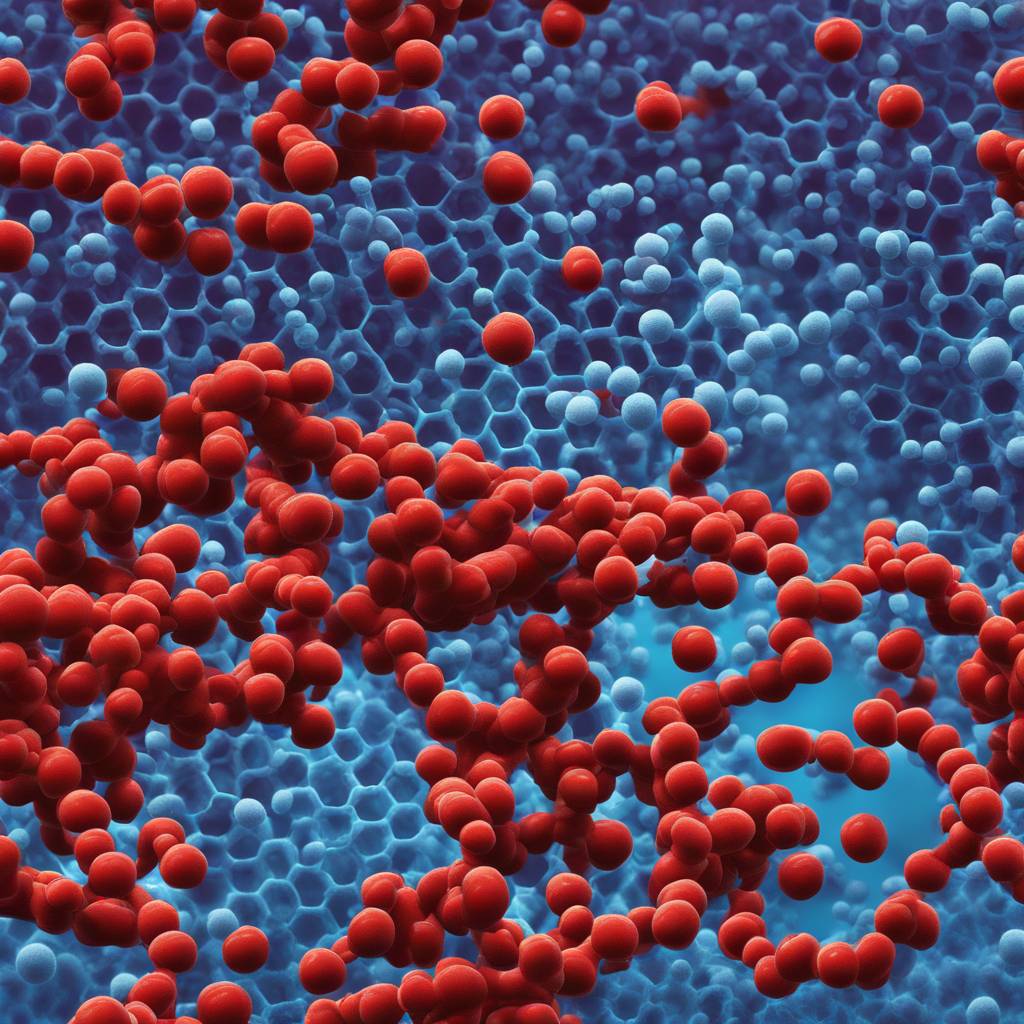The researchers at Leipzig University and Ulm University have developed a new method using peptide nanofibrils on magnetic microparticles to isolate HIV more easily from samples. This method could potentially improve the sensitivity of existing diagnostic tools and analytical tests. The nanofibrils used in the study are based on the EF-C peptide, which forms nanoscale fibrils almost instantaneously when dissolved in polar solvents. By applying these fibrils to magnetic particles, the researchers were able to demonstrate a new functionality — the selective binding of viruses. This innovative approach could have significant implications for improving the diagnosis of viral infections and monitoring resistance.
The newly developed method allows for efficient capture, isolation, and concentration of virus particles, which are crucial steps in increasing the sensitivity of diagnosing viral infections. By focusing on the concentration and isolation of HIV particles, the researchers have demonstrated the effectiveness of using PNFs to separate virus particles without relying on centrifugation. This process involves using special magnetic microbeads to specifically bind and magnetically separate virus particles, while preserving their activity and infectivity. This breakthrough has implications for various areas of viral research and diagnostics, as well as for new genetic engineering processes.
The researchers emphasize the importance of increasing the local concentration and isolating viruses from samples in order to enhance the sensitivity of diagnosing viral infections. The use of PNFs on magnetic microparticles has proven to be an effective method for achieving these goals, with potential applications in HIV research and diagnostics. By improving the efficiency with which virus particles can be concentrated and isolated, this technology and hybrid material could play a key role in enhancing the diagnosis of infections and monitoring resistance.
The study published in the journal Advanced Functional Materials highlights the significance of the new method for HIV research and diagnostics, as well as for other applications in viral research. The innovative approach of using peptide nanofibrils on magnetic microparticles to isolate viruses could revolutionize the field of viral diagnostics and research. The research team’s findings showcase the potential of this technology to address current challenges in detecting and monitoring viral infections, ultimately leading to improved patient outcomes and public health.
Overall, the development of a new method using peptide nanofibrils on magnetic microparticles to isolate HIV from samples represents a significant advancement in the field of viral research and diagnostics. The ability to efficiently capture, isolate, and concentrate virus particles using this approach could have far-reaching implications for improving the sensitivity of existing diagnostic tools and analytical tests. By enhancing the efficiency with which virus particles can be concentrated and isolated, this technology holds promise for guiding future research and clinical applications in the fight against viral infections.













